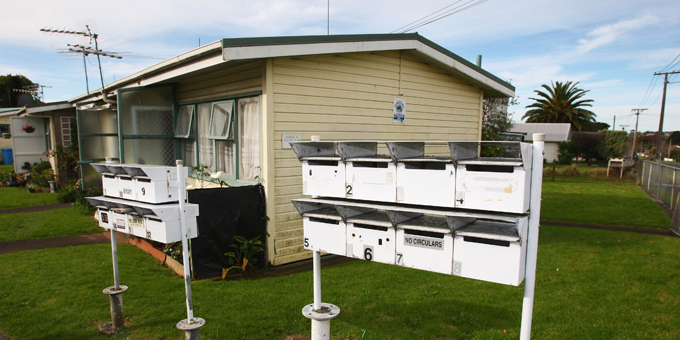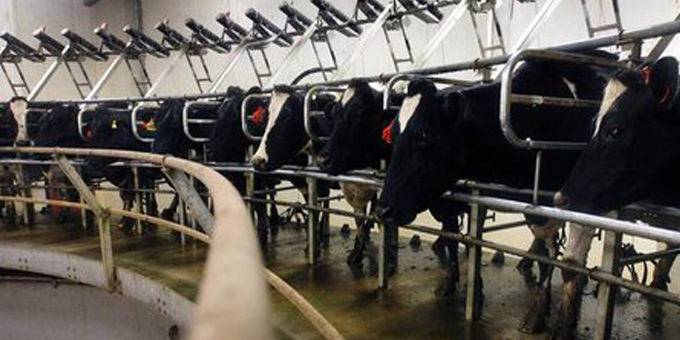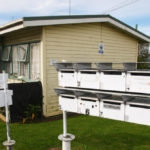December 17, 2014
House crowding affecting Maori health


One in five Maori and almost two in five Pacific people live in crowded houses.
That compares to one in 25 Europeans, according to a Health Ministry analysis of data from the 2013 Census.
About 10 percent of New Zealanders live in crowded conditions, with the greatest proportion in the Counties Manukau DHB region at 22 percent followed by Auckland and then Tairawhiti.
The level of crowding in Counties Manukau went up 9 percent since 2006.
There are strong associations between urban crowding and low income for Pacific and Maori families, but the same association is not as clear for European and Asian families.
Rented properties have the highest levels of crowding, and dwellings held in a family trust or owned mortgage free have the lowest levels.
The study says crowding is an important risk factor for infectious diseases such as rheumatic fever, meningococcal disease, respiratory infections, and skin infections like cellulitis, as well as pneumonia, elevated blood pressure and an increased risk of childhood injuries.
Adults and children living in crowded households are less likely to access health care services than are those in non- crowded households, and living in unheated and crowded houses also contributes to absences from school or work.
Copyright © 2014, UMA Broadcasting Ltd: www.waateanews.com









